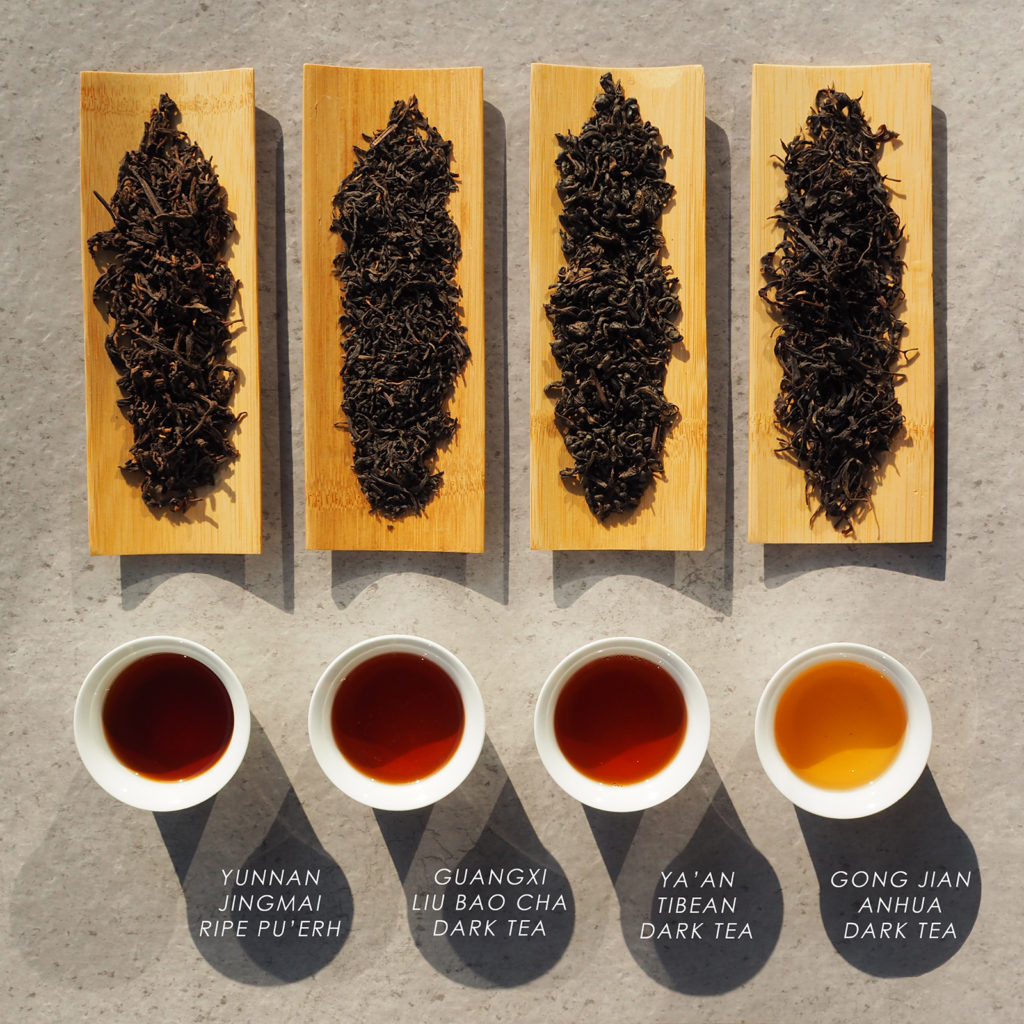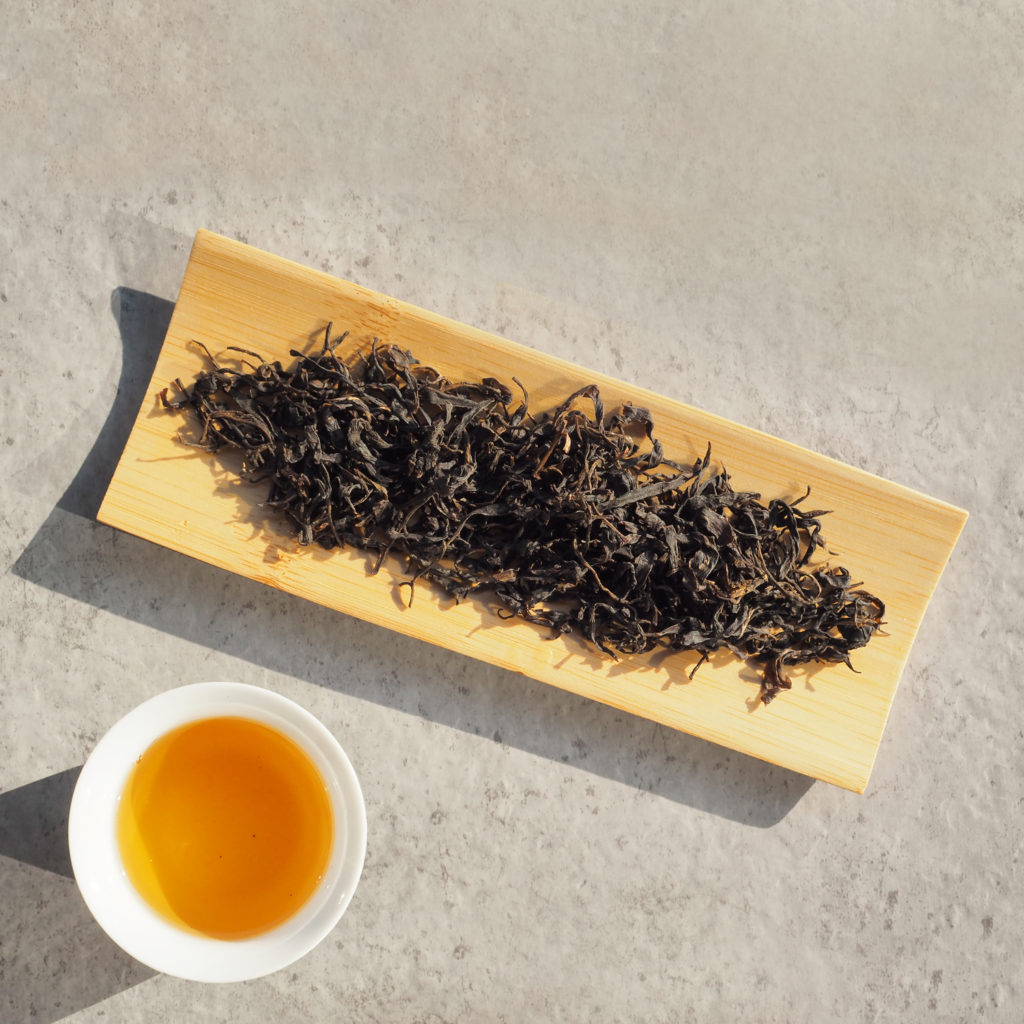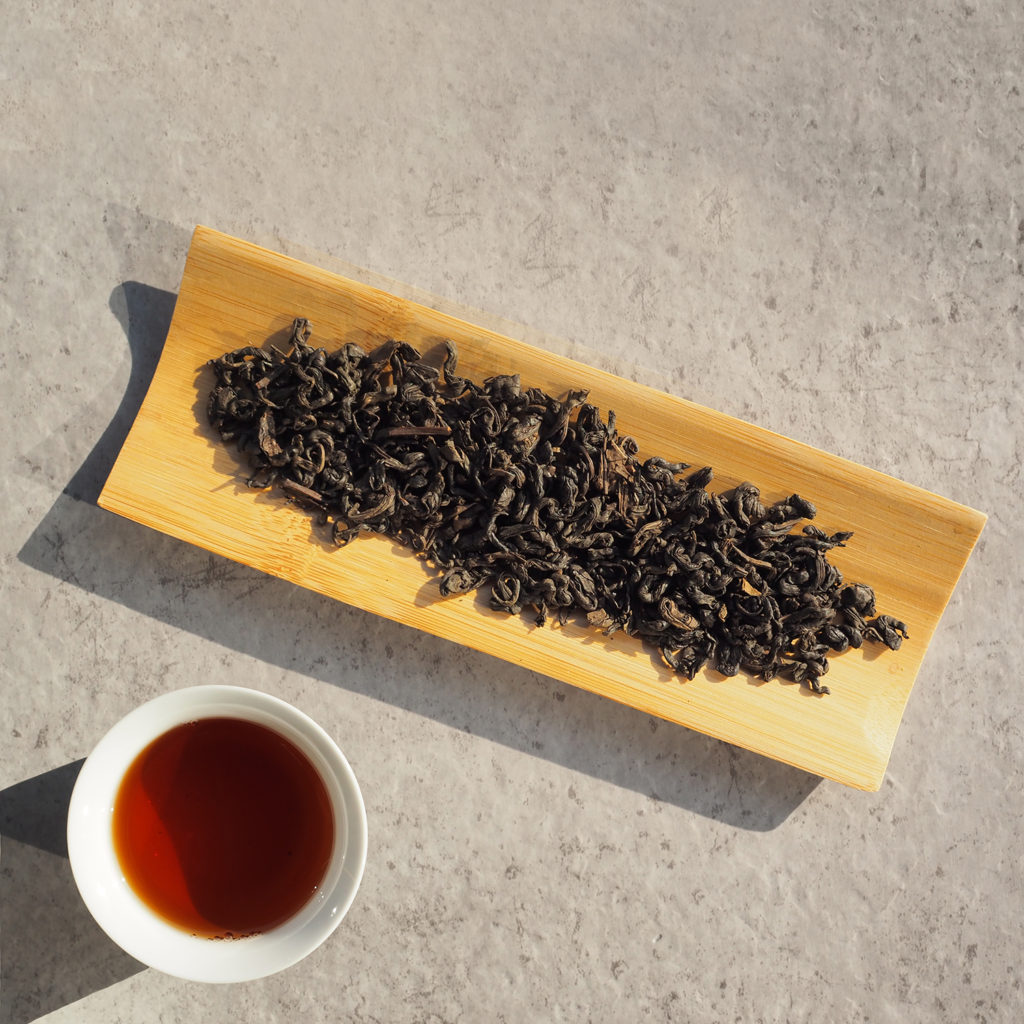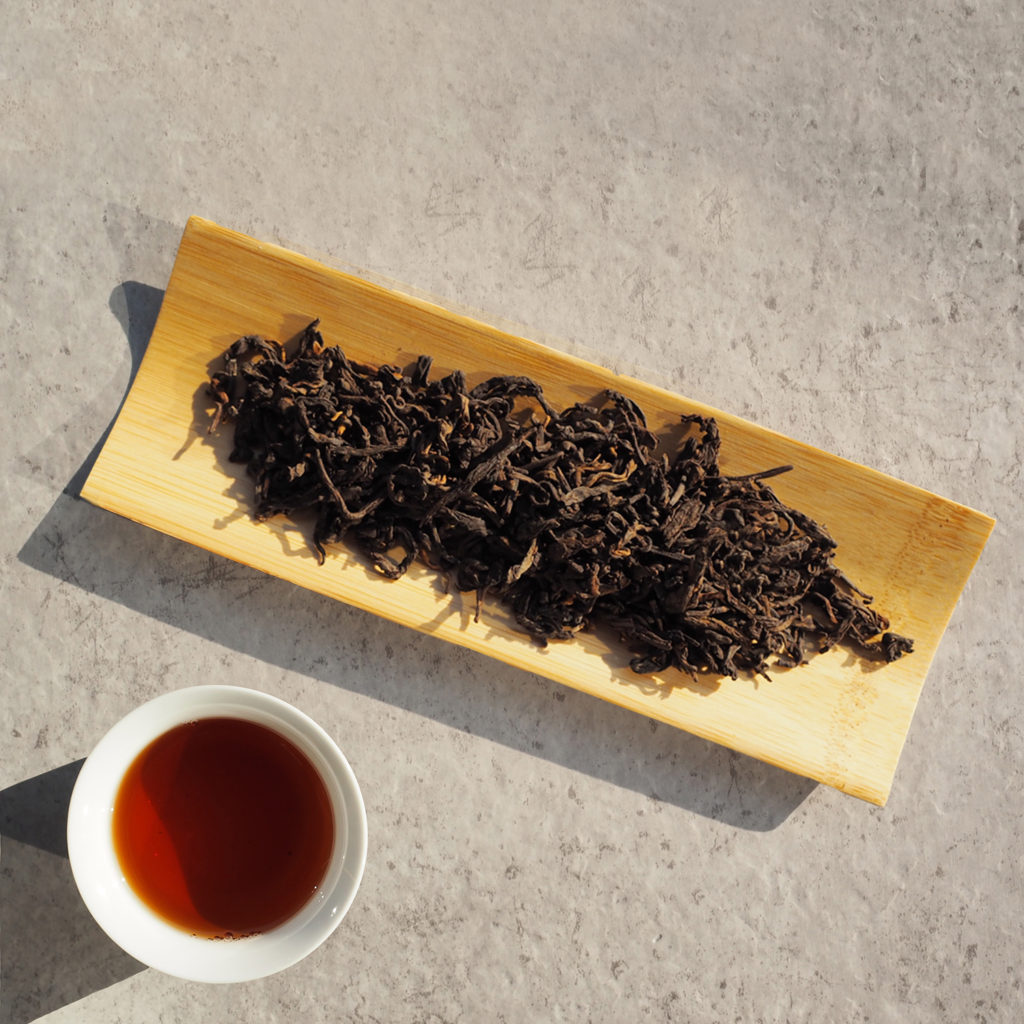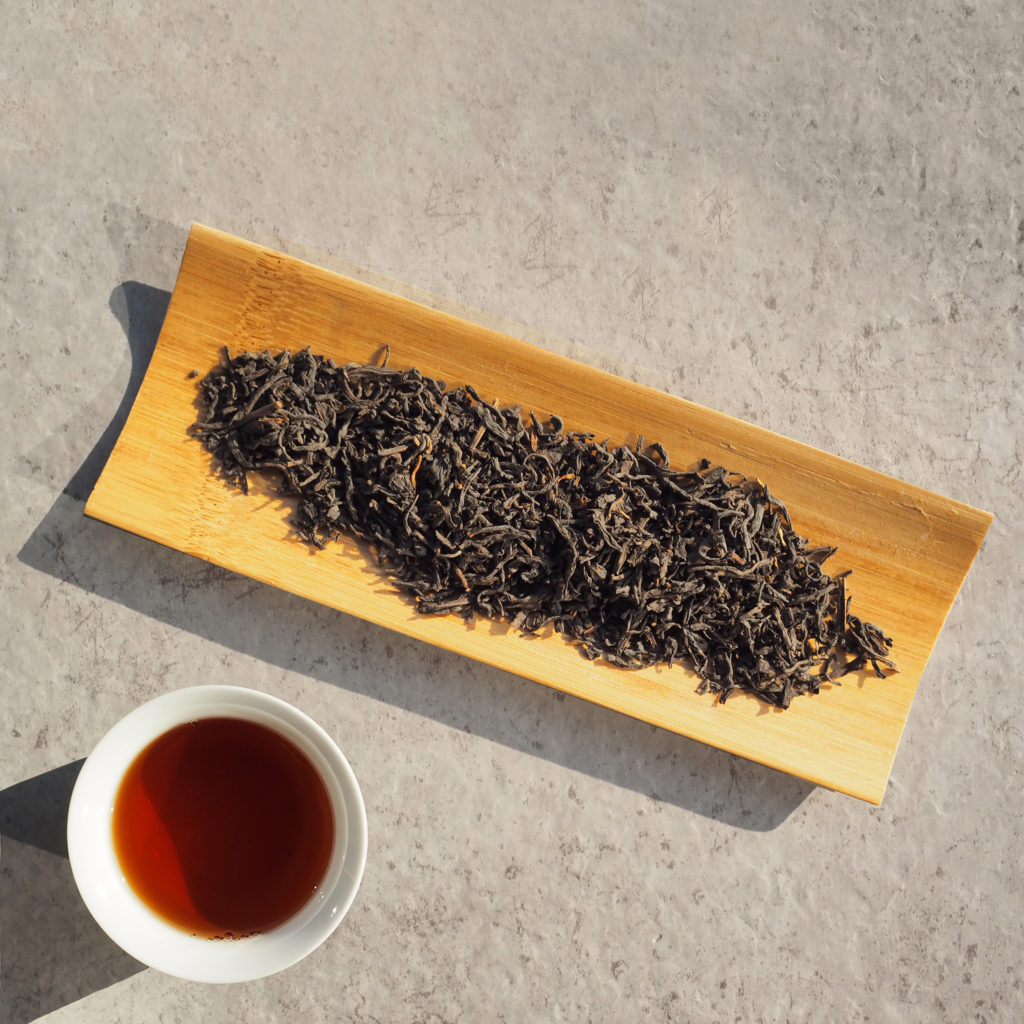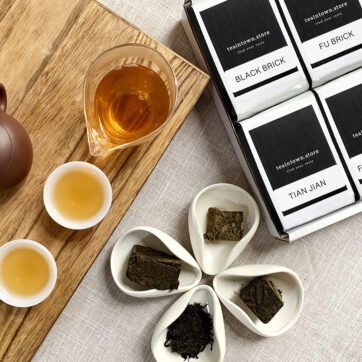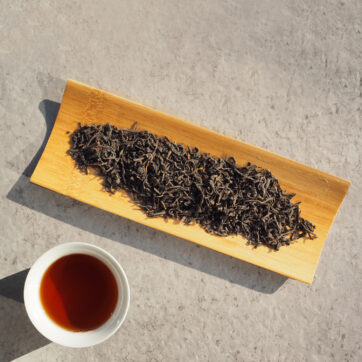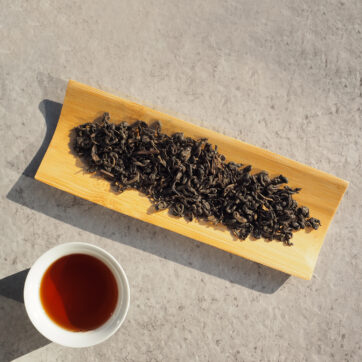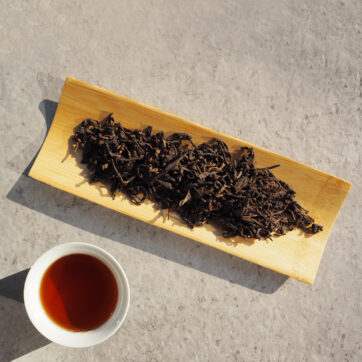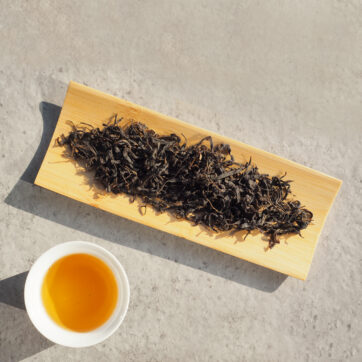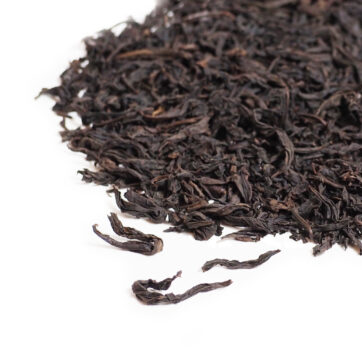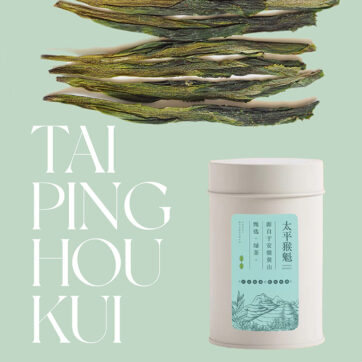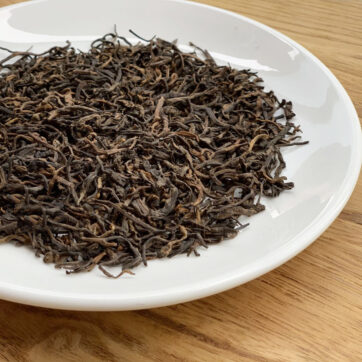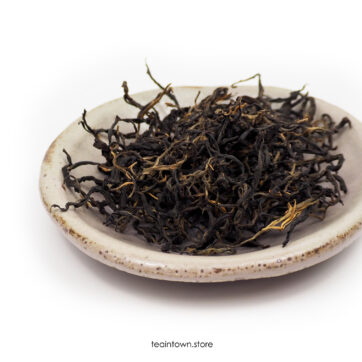4 Classic kinds of Dark Tea
from 4 renowned Dark-Tea-producing region!
When talking about Dark tea, what is the first thing come to your mind? Dark in colour?
Dark Tea is one of the six main categories of Tea. Yes, it is quite dark in colour (actually bright red-orange to red-brown). People sometimes mix it up with Black Tea because of the similarities of the name, but actually they are not the same. Dark Tea, also named as Hei Cha (黑茶) is a kind of post-fermented tea involved a unique making process – microbial fermentation. The fermented Dark Tea has a unique mellow taste with very smooth and bold mouth-feel, and it is especially low in astringency. Many studies stated that the bioactive compounds found in the Dark Tea may also have various health benefits. This Collection box features 4 different kinds of Dark Tea from Yunnan, Sichuan, Hunan and Guangxi. All of them has their unique characteristics and they are ranked as the most important Dark Tea in China.
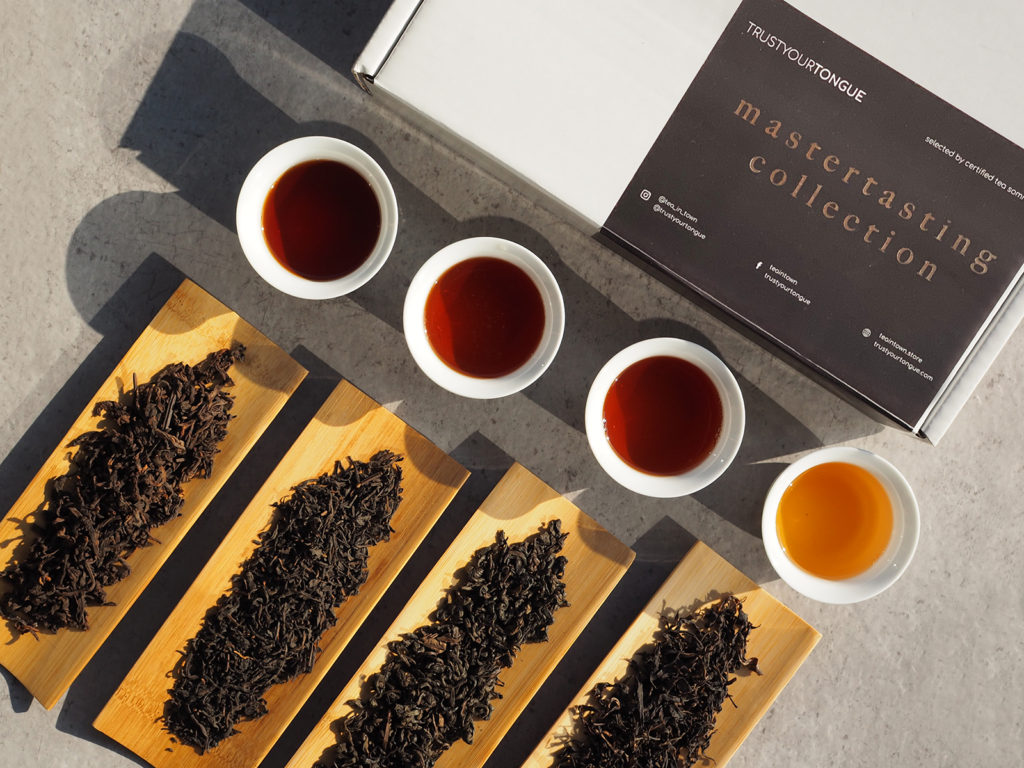
What’s included in mastertasting collection #24 ?
GONG JIAN ANHUA DARK TEA 2017 ( 25g )
YUNNAN JINGMAI GONG TING RIPE PU’ERH 2015 (25g)
Highlights of THE month’s box
This month we’re focusing on tasting the unique flavor of the four different kinds of post-fermented Dark Tea. Each of them is from the biggest Dark Tea producing region in China – Yunnan, Sichuan, Hunan and Guangxi. They all look very “Dark” in its appearance, but each of them is having its own characteristics, you can find both of their similarities and differences!
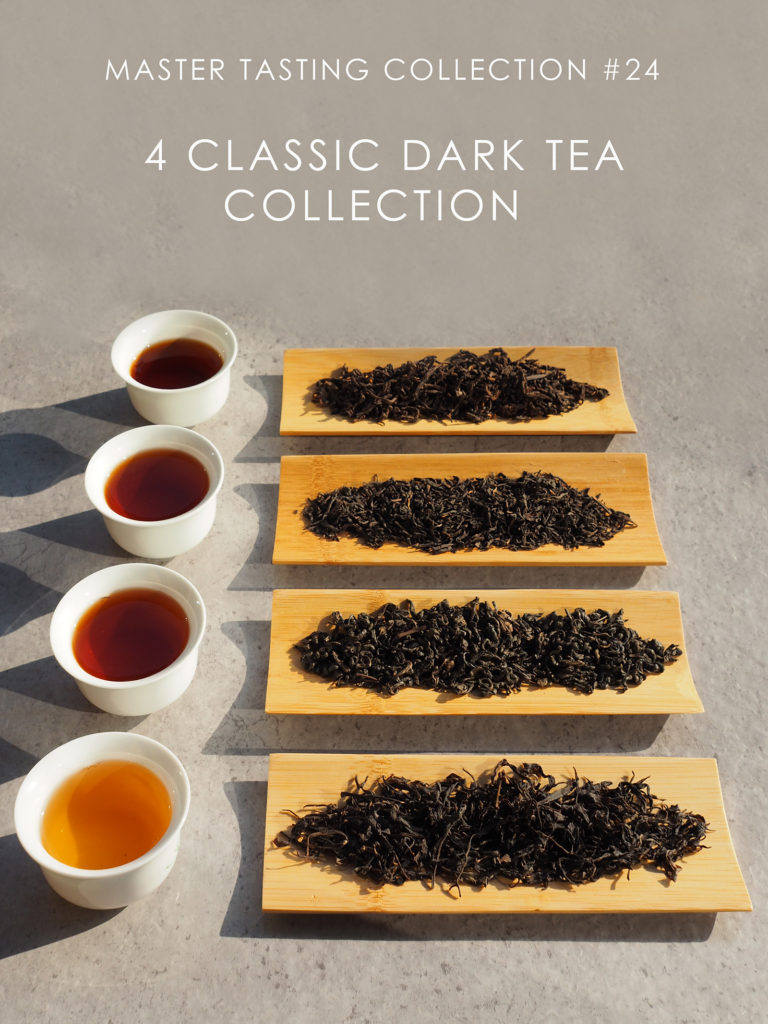
TASTE-TEST 4 KINDS OF DARK TEA FROM 4 DIFFERENT REGIONS
GONG JIAN ANHUA DARK TEA 2017
Anhua Dark Tea, originated in Anhua, Hunan. There are three main kinds of Anhua Dark Tea – “Three Bricks”, “One Roll” and “Three Tips”. “Three Tips” is a form of loose leaf tea, also named as “Three Jian”, “Jian” literally means the tea is made of small tips – tender and fine grade of tea leaves. According to the grades of tea leaves used, “Three Tips” is sub-divided as “Tian Jian”, “Gong Jian” and “Sheng Jian”. Tian Jian is made of the finest first grade of Tea leaves, while Gong Jian is made of the relatively more mature and second grade of tea leaves as raw material. As Gong Jian use more mature tea leaves as material, it taste sweet with layered and rich mouthfeel. In the final step of making process, it is being baked under charcoal wood for drying, which created a special flavour of smokiness. This Tea is stored for more than 3 years, it is sweet and still apparent in the smoky notes. As a kind of post fermentation tea, the longer you store the tea, the better and sweeter flavor it will be.
- Origin: Anhua, Hunan, China
- Harvest Time: 2017
- Tasting Notes: sweet, woody, smoky, pine-wood
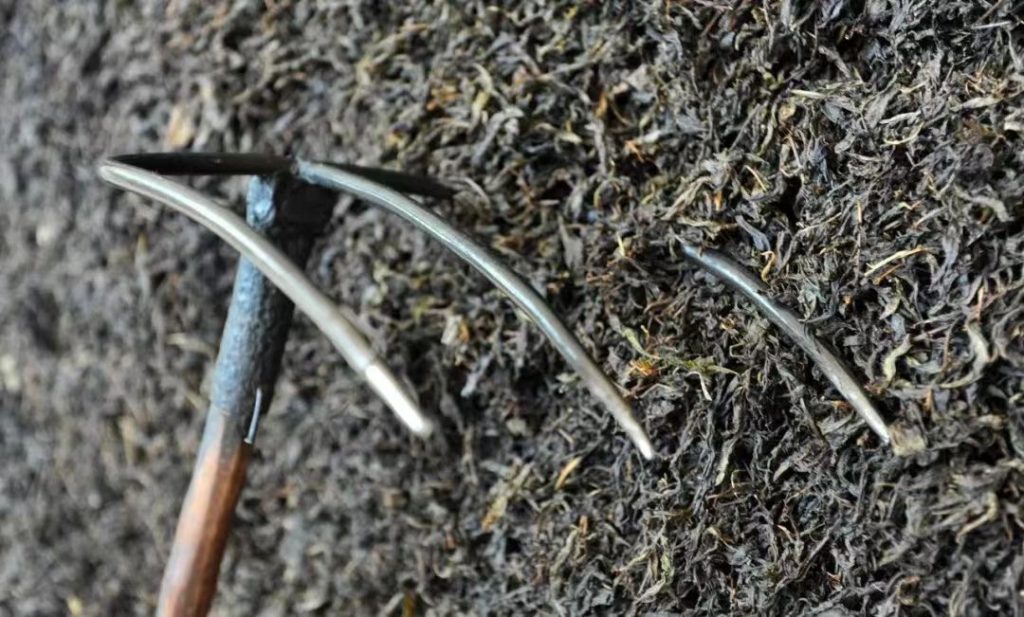
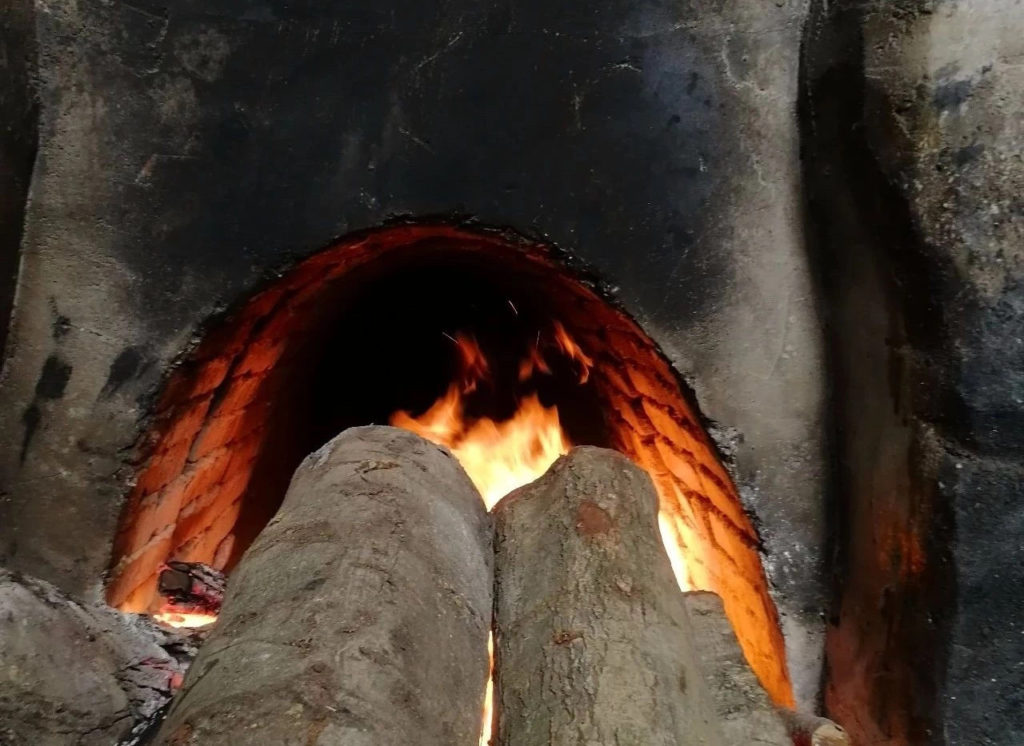
SICHUAN YA’AN TIBETAN DARK TEA 2015
Ya’An Tibetan Dark Tea, the first Dark Tea in China, also called “Bian Xiao Cha” or “Bian Cha”, which means “Border-sale Tea” – literally because this Tea was sold on the border area from Ya’An to Tibet. Ya’An located in the southwest part of Sichuan, right next to Tibet. Sichuan supply a large quantity of Tea to Tibet for more than two centuries, the route leading from Sichuan to Tibet become the famous Ancient Tea Horse Road – the complete length of the road was over 4,000 kilometers. The long trade road created an unique and favourable post-fermented Dark Tea – as traders spent months to travel from Ya’An to Tibet, the fresh Green Tea is fermented and aged when they arrived in Tibet. Nowadays, the Tea is processed through 32 steps – including steps of plucking, green-killing, several repeating steps of wet-piling, steaming and drying, etc. In 2008, the technique of producing Ya’An Tibetan Dark Tea is being included in the UNESCO Intangible Cultural Heritage.
- Origin: Ya’An, Sichuan, China
- Harvest Time: 2015
- Tasting Notes: mellow, earthy, woody
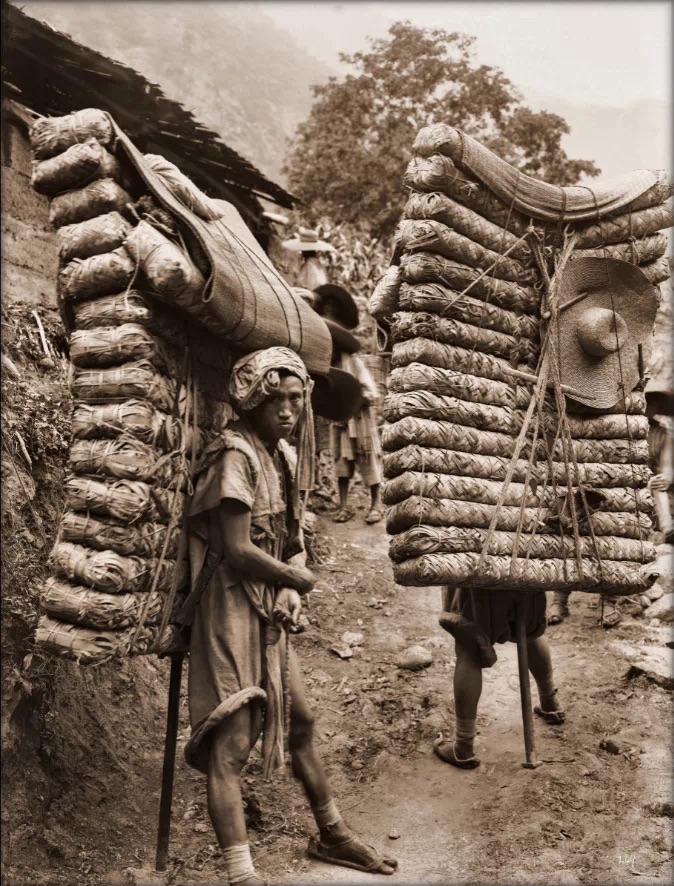
Yunnan Jingmai Ripe Pu’erh 2015
Pu’erh is one of the most famous Tea in China, it is categorized as raw and ripe pu’erh according to the level of fermentation. The production of Raw Puerh was being recorded since Tang Dynasty, while the history of producing Ripe Pu’erh is relatively young, which was originated in the 1970s. Ripe Pu’erh is a kind of fermented Dark Tea with a special processing step – “Wet Piling”. Under this special step of “Wet Piling”, fermentation is accelerated, astringency is reduced. The non-fermented Raw Pu’erh is fresh in mouthfeel and usually come with some astringency; but the fermented Ripe pu’erh usually has very low or no astringency at all, the fermentation helps to create a bold and smooth mouthfeel, with mellow and earthy flavor.
- Origin: Jingmai, Yunnan
- Harvest Time: 2015
- Tasting Notes: sweet, fruity, and hint of sticky rice and jujube
GUANGXI LIU BAO CHA DARK TEA 2019
“Liu Bao Cha is originated in town of Liu Bao in Guangxi. “Liu Bao Cha” translated as “Six Forts Tea”. It is usually being aged in the bamboo basket. In 19 centuries, it become a famous kind of exporting Tea, mainly to Southeast Asia, like Singapore, Malaysia and Japan. Liu Bao Cha was considered as having many health benefits, like reducing the excess heat and wet inside the body, help improve the digestion, lowering blood pressure, etc. Liu Bao Cha is the earliest Tea using the making technique of “Wo Dui”, also called as “wet-piling”. This unique step of wet-piling was invented and applied in making Liu Bao Cha in 1957, even earlier than the wet piling technique of Ripe Pu’erh in the 1970s. The maocha will be remained in the pile for months. The precise control on humidity and temperature helps the tea to be fermented. After Piling, it go through several steps of rolling, steaming and compressing, and will be put into a casket for aging. Most of the Liu Bao Cha found in the market is aged, which has a unique kinds of sweetness and aged flavour.
- Origin: Wuzhou, Guangxi, China
- Harvest Time: 2019
- Tasting Notes: mellow, earthy, woody, mossy
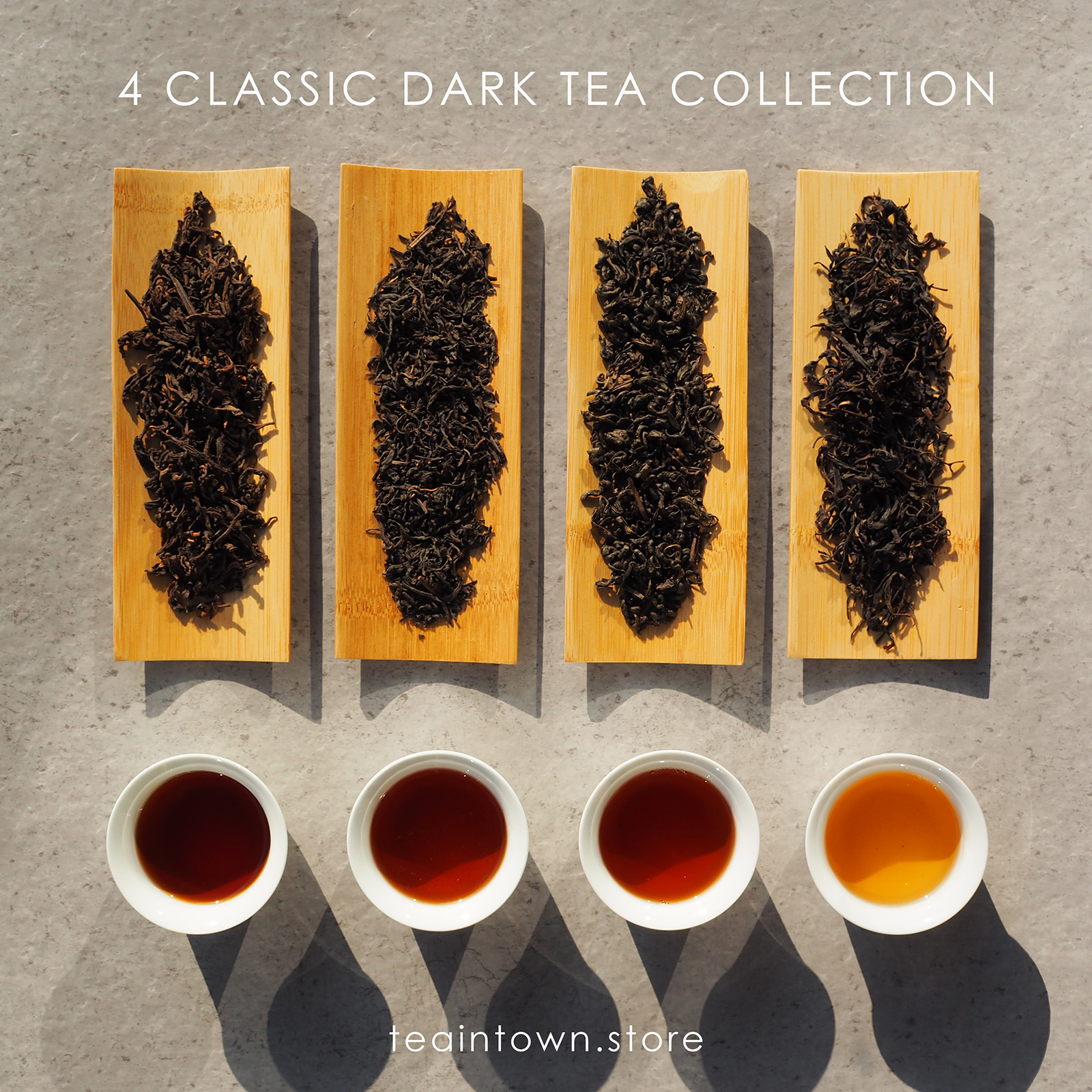
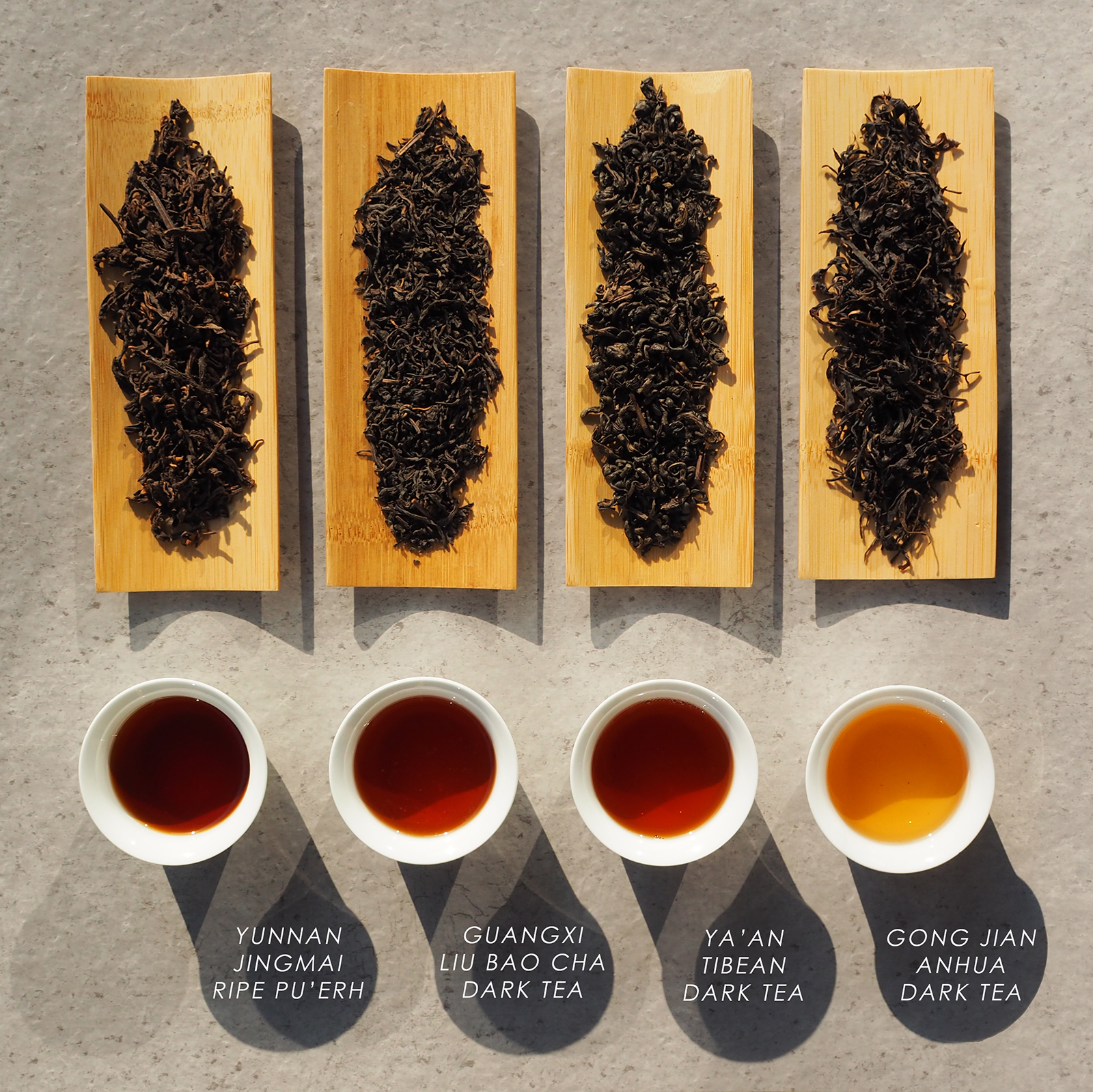
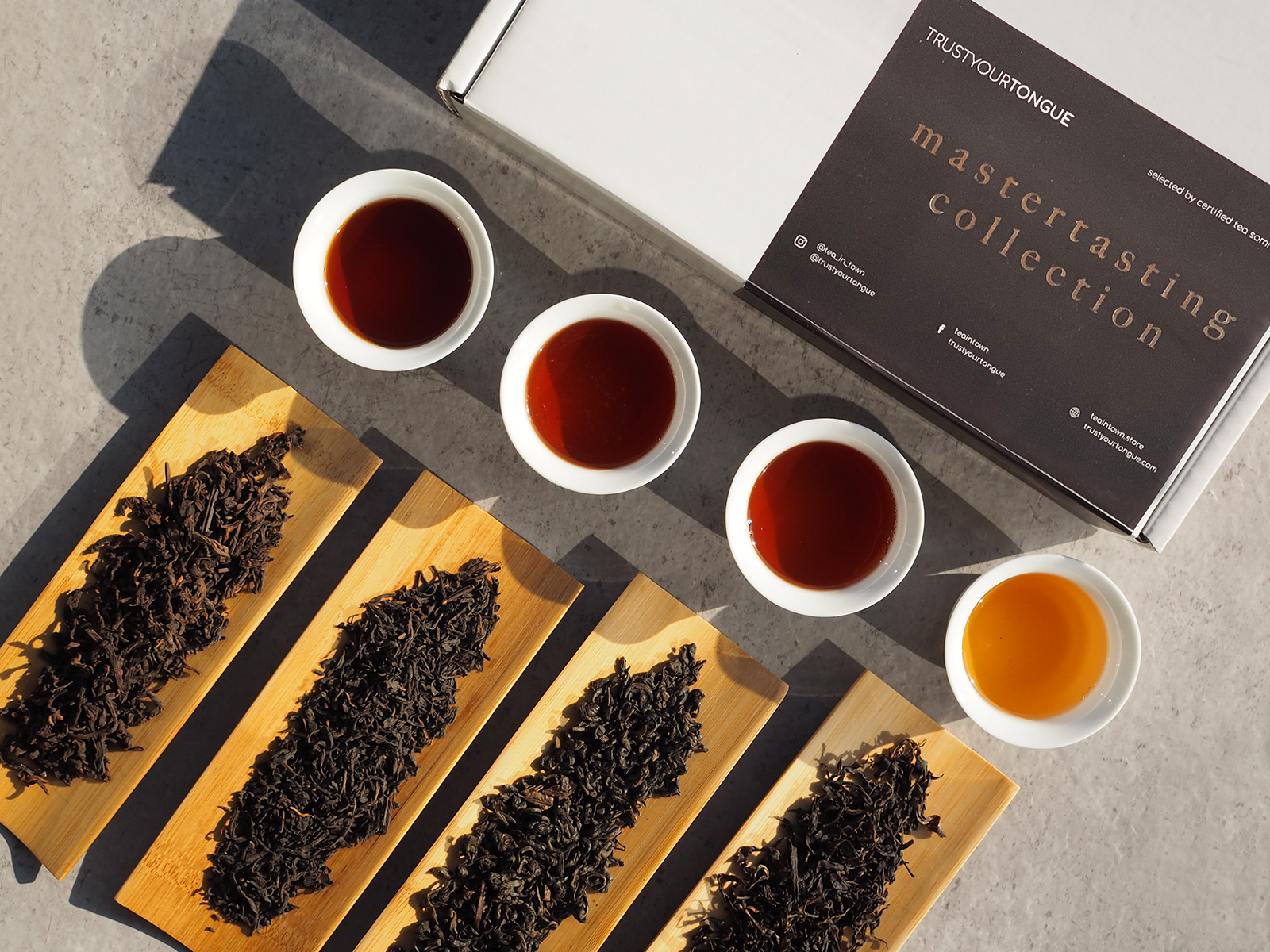
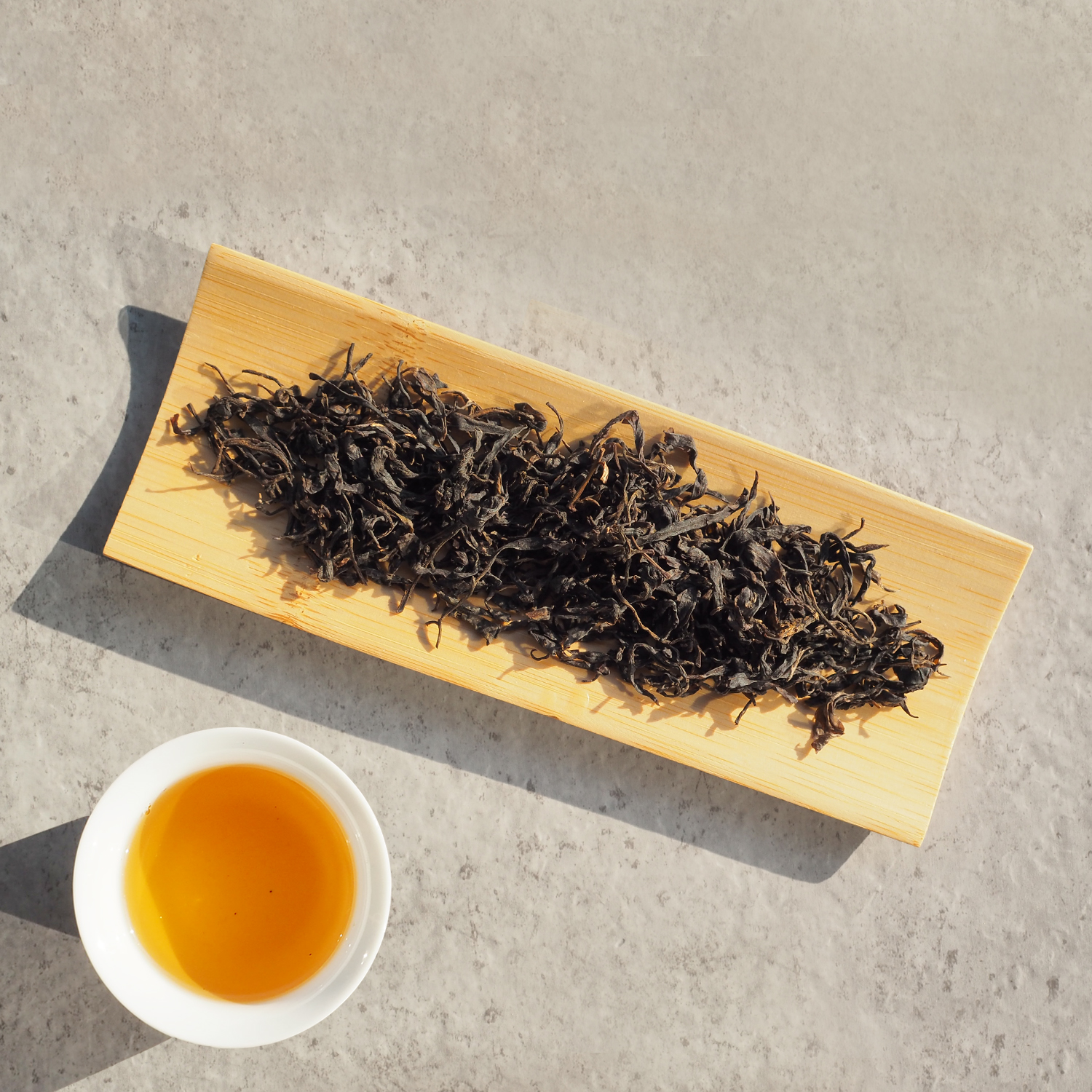
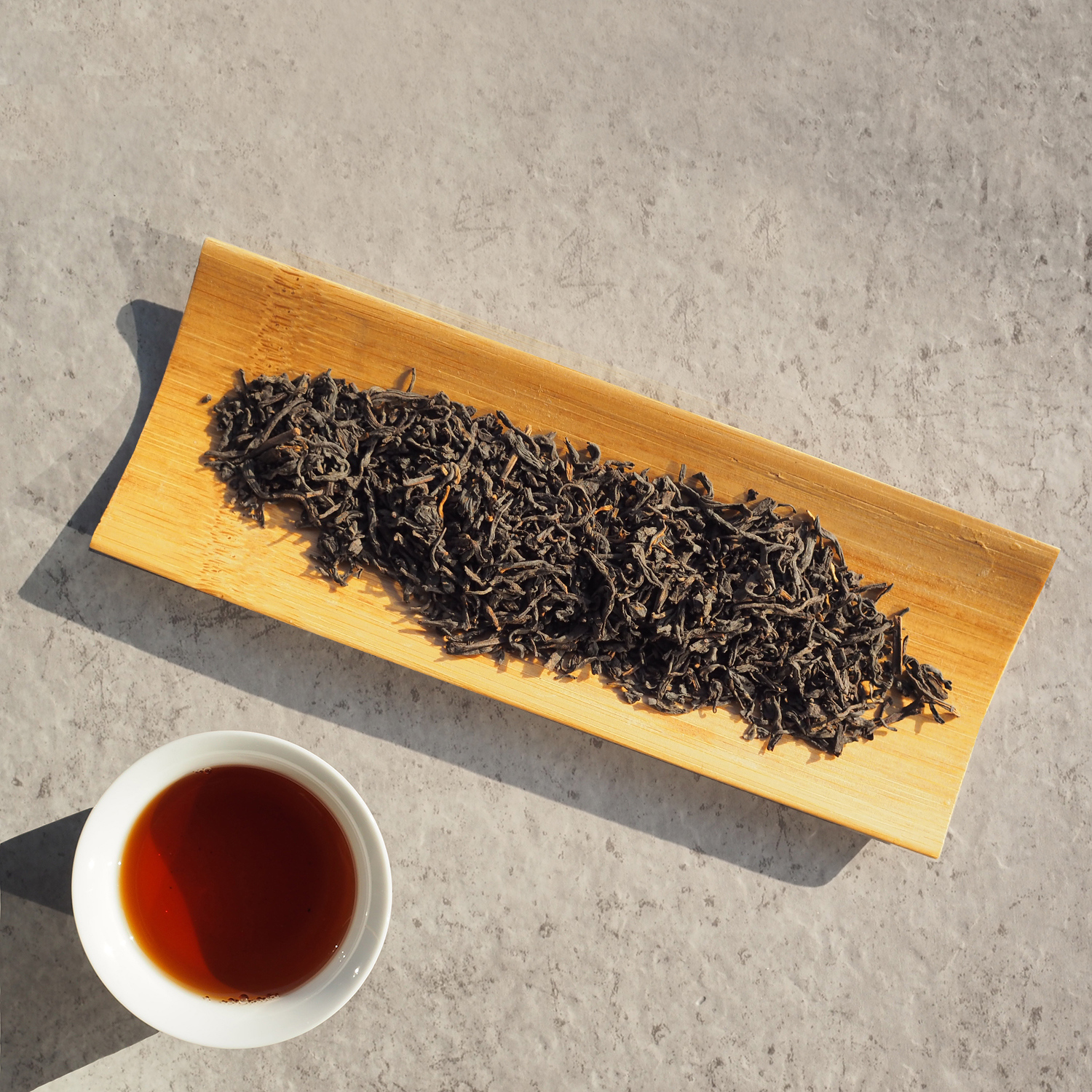
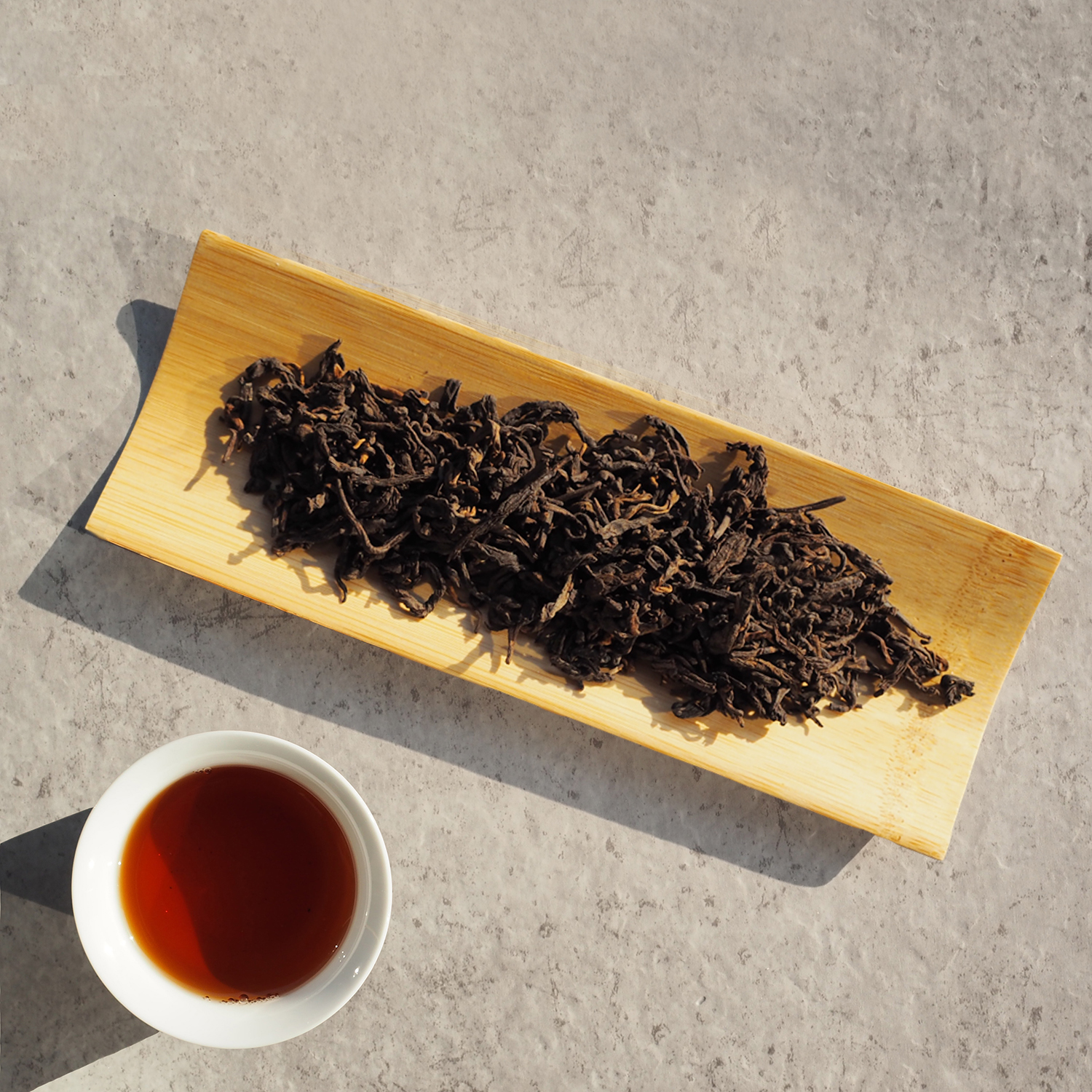
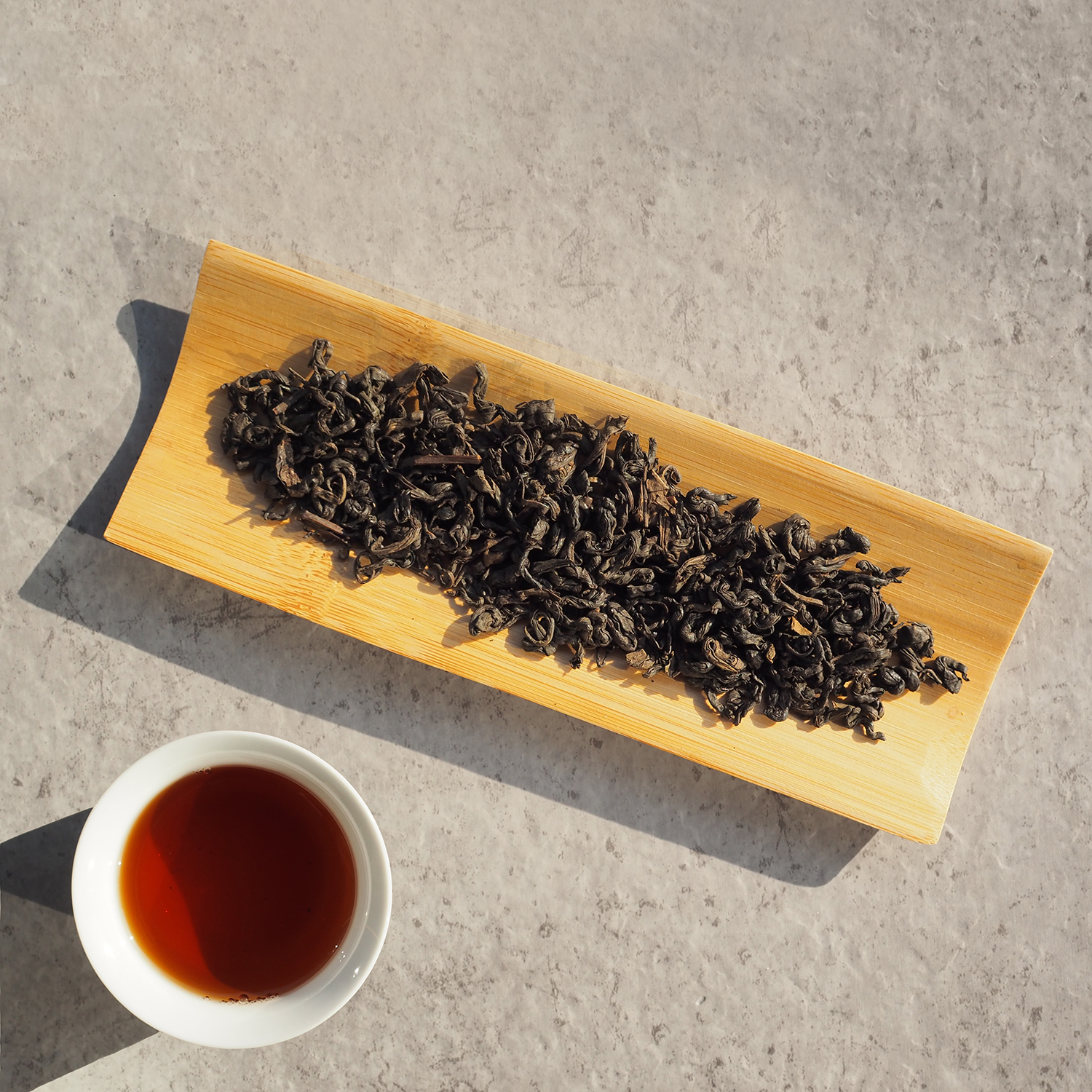
 If you purchase this product you will earn
If you purchase this product you will earn 